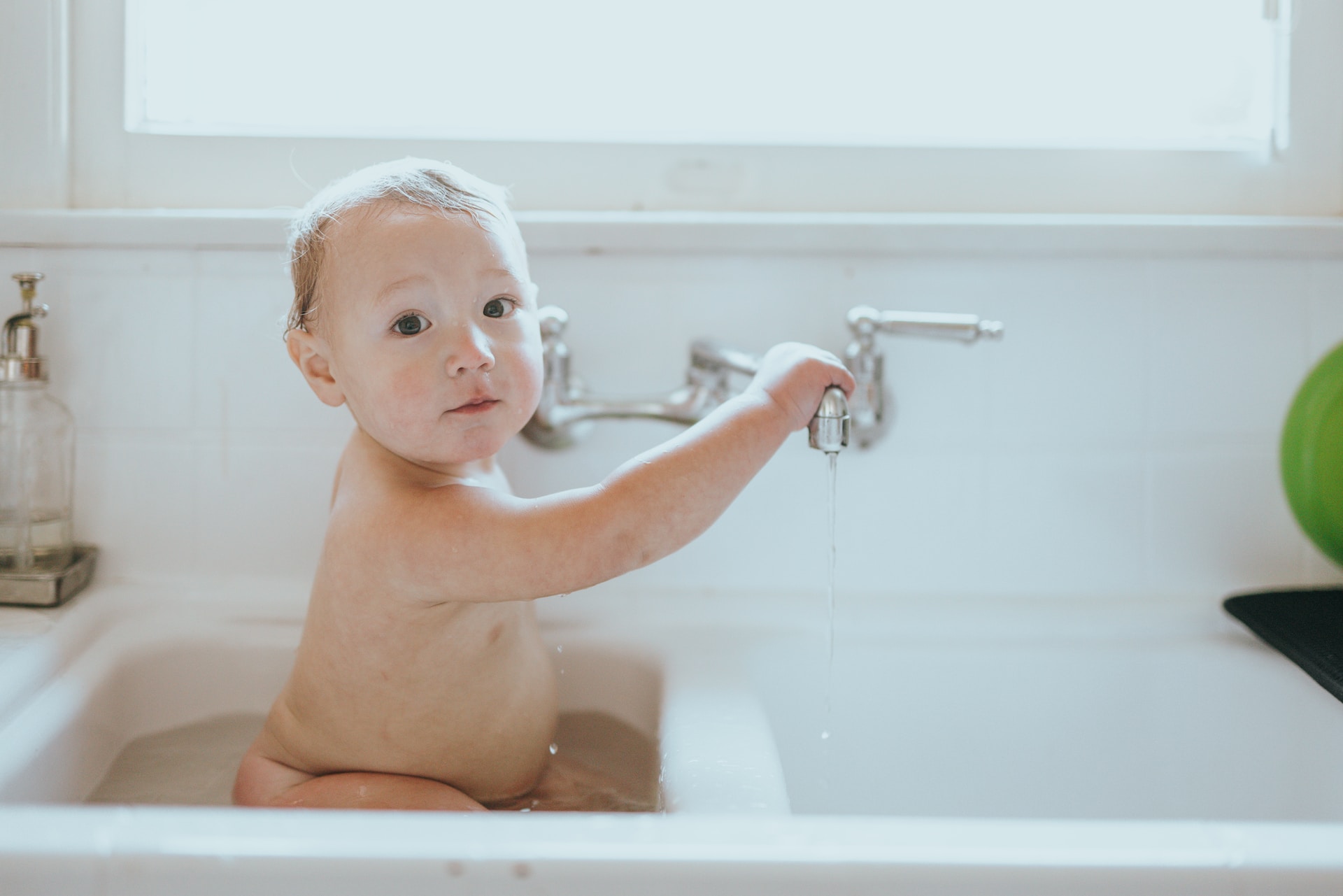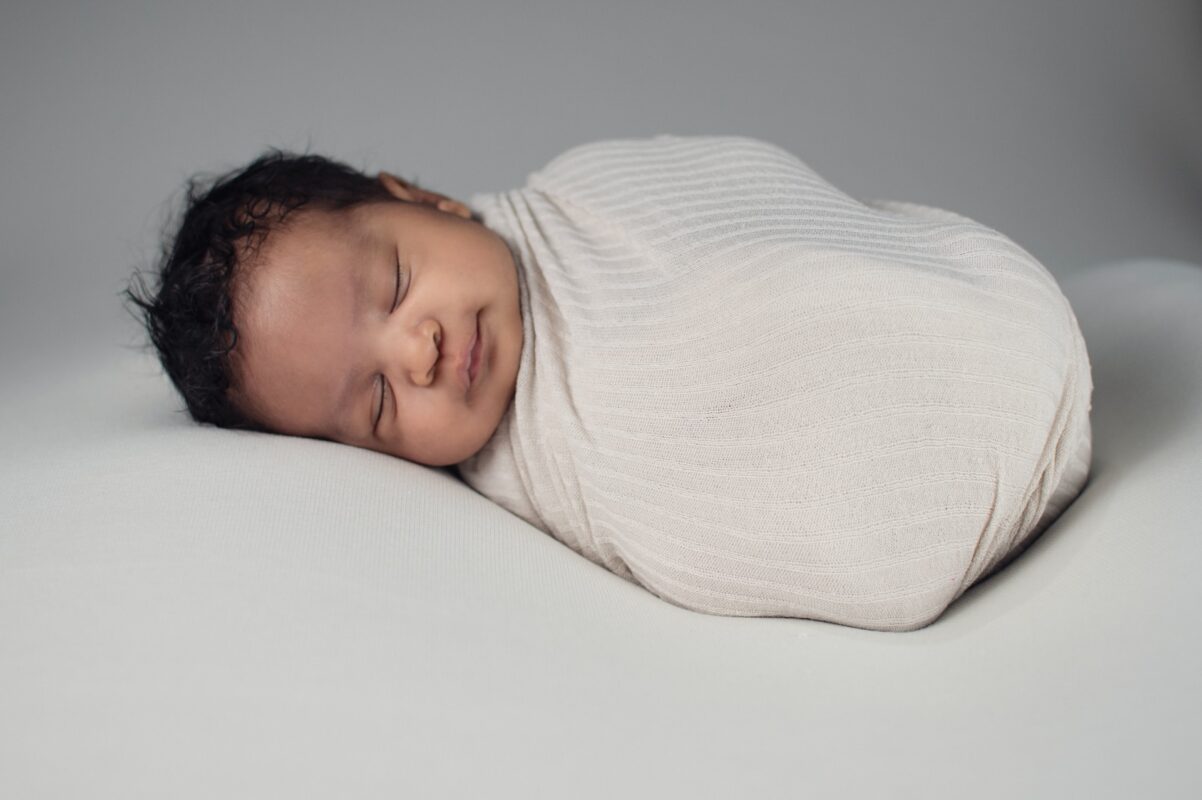There are things to consider when you bathe your baby. Bathing your baby is an important part of their hygiene routine and can also be a bonding experience between you and your little one. However, it is essential to approach bathing with caution and follow proper techniques to ensure the safety and comfort of your baby. In this comprehensive guide, we will walk you through the step-by-step process of bathing your baby, including preparation, supplies needed, water temperature, holding techniques, washing methods, and post-bath care.
Preparation:
Before starting the bath, gather all the necessary supplies within arm’s reach. This includes a clean towel, washcloth, mild baby soap or cleanser, a soft-bristled baby brush or comb, clean diaper, clean clothes, and any other items you may need during or after the bath. Ensure that the room temperature is warm enough to keep your baby comfortable.
Supplies Needed:
1. Baby bathtub or sink: A small-sized tub or sink specifically designed for babies can make bathing easier and safer. These tubs often have a contoured shape to support your baby’s body and prevent them from slipping.
2. Non-slip mat: Place a non-slip mat at the bottom of the tub or sink to provide additional stability.
3. Warm water: Fill the tub or sink with warm water before placing your baby in it. The ideal water temperature should be around 100°F (37°C). Use a bath thermometer to ensure accuracy.
4. Mild baby soap or cleanser: Choose a gentle and hypoallergenic soap or cleanser specifically formulated for babies. Avoid using adult soaps as they may be too harsh for your baby’s delicate skin.
5. Soft washcloth: Opt for a soft washcloth made of cotton or bamboo fabric to gently cleanse your baby’s body.
6. Soft-bristled brush or comb: Use a soft-bristled brush or comb to gently detangle your baby’s hair, if applicable.
7. Clean diaper and clothes: Have a clean diaper and clothes ready for your baby after the bath.
Water Temperature:
Ensuring the right water temperature is crucial for your baby’s safety and comfort. The water should be warm but not hot, as babies have sensitive skin that can easily burn. Use a bath thermometer to measure the water temperature, aiming for around 100°F (37°C). Always test the water with your elbow or the inside of your wrist before placing your baby in it. The water should feel comfortably warm, similar to body temperature.
Holding Techniques:
When bathing your baby, it is important to support their head and neck at all times. For newborns and younger babies who cannot sit up on their own, you can use one of the following holding techniques:
1. Cradle hold: Place one arm under your baby’s head and neck while using your other arm to support their body. Gently lower them into the tub or sink, keeping their head above the water.
2. Football hold: Position your baby’s body along your forearm, with their head resting in the palm of your hand. Use your other arm to support their back and bottom as you lower them into the water.
3. Two-handed hold: With one hand supporting your baby’s head and neck, use your other hand to support their bottom as you lower them into the tub or sink.
Washing Methods:
When washing your baby, start from top to bottom, ensuring that you clean all the folds and creases where dirt can accumulate. Here is a step-by-step guide:
1. Hair: Wet your baby’s hair with a cup of warm water or by gently pouring water over their head using a washcloth. Apply a small amount of mild baby shampoo and gently massage their scalp with your fingertips. Rinse thoroughly, making sure no soap residue remains.
2. Face: Use a soft washcloth dampened with warm water to gently wipe your baby’s face, starting from the forehead and moving down to the chin. Avoid getting water or soap in their eyes, nose, or mouth.
3. Body: Lift your baby out of the water and place them on a towel or changing mat. Use a wet washcloth with a small amount of baby soap to clean their body, paying attention to the neck, armpits, hands, fingers, diaper area, and feet. Rinse off the soap with a clean washcloth or by pouring warm water over their body.
4. Genital area: For girls, gently cleanse the genital area from front to back using a clean washcloth. For boys, avoid pulling back the foreskin if it is still attached. Simply clean the outside of the genital area.
5. Ears: Clean around your baby’s ears using a damp washcloth, but avoid inserting anything into their ear canal.
6. Eyes: If there is any discharge or crust around your baby’s eyes, use a clean washcloth dampened with warm water to gently wipe it away.
Post-Bath Care:
After bathing your baby, wrap them in a soft towel and pat them dry gently. Pay extra attention to drying the folds and creases of their skin to prevent moisture buildup. Apply a mild baby lotion or moisturizer to keep their skin hydrated if needed. Dress your baby in clean clothes and put on a fresh diaper.
It is important to note that babies do not require daily baths in the early months. Two to three baths per week are usually sufficient unless they have soiled themselves or have specific medical conditions that require more frequent bathing. Always consult with your pediatrician for personalized advice regarding bathing frequency and any concerns you may have.



